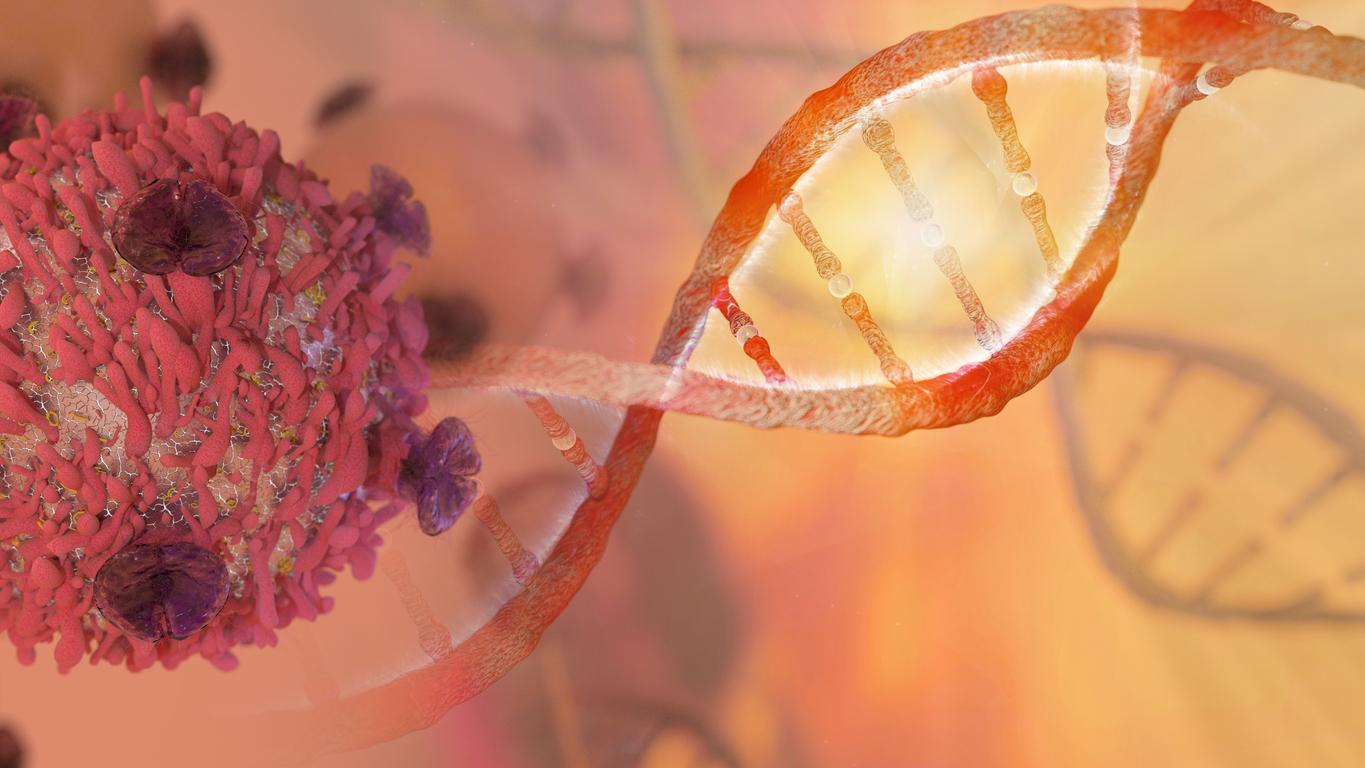According to the International Agency for Research on Cancer (IARC), cancer rates are expected to increase by 77% by 2050.

- In 2050, 35 million new cases of cancer are expected to be detected, compared to 20 million estimated in 2022.
- According to the International Agency for Research on Cancer (IARC), tobacco, alcohol, obesity and air pollution are “key factors in the increase in cancer incidence.
- In 2022, lung cancer accounted for more than 12% of all new cases and 18.9% of deaths.
A worrying scenario. On February 1, the International Agency for Research on Cancer (IARC), a specialist arm of the World Health Organization (WHO), warned that 35 million new cases of cancer are expected to be detected in 2050, up from 20 million estimated in 2022. This is an increase of approximately 77%. “Rich countries are expected to experience the largest absolute increase in cancer numbers, with an additional 4.8 million new cases predicted in 2050. However, low- and middle-income countries are expected to experience a larger proportional increase in cancer numbers, while mortality should almost double”, can we read in the press release.
Lung, breast, stomach: the 10 most common cancers in the world
To make these estimates, IARC used the best available data sources from 185 countries. According to the information, ten types of cancer collectively accounted for about two-thirds of new cases and deaths worldwide in 2022. Lung cancer is in first place, with 2.5 million new cases. “It accounted for more than 12% of all new cases and 18.9% of deaths, or 1.8 million, making it the leading cause of cancer deaths.” Then there is breast cancer in women, with 2.3 million cases worldwide.
The other most common cancers are colorectal cancer, prostate cancer and stomach cancer. The health agency reported that colon and rectal cancers are the second leading cause of cancer deaths, followed by liver, breast and stomach cancer. Cervical cancer was the eighth most common cancer worldwide, the ninth leading cause of cancer death, and the most common cancer among women in 25 countries.

Cancers: tobacco, alcohol, obesity and air pollution are important factors
This increase in new cases of cancer is linked to aging and population growth, as well as changes in people’s exposure to risk factors. Unsurprisingly, tobacco, alcohol, obesity, air pollution are key factors.
Faced with these worrying forecasts, Dr Bente Mikkelsen, director of the WHO’s “Noncommunicable Diseases” department, stressed the need for more investment in this area. “WHO, particularly through its cancer control initiatives, works closely with more than 75 governments to develop, finance and implement policies to promote cancer care for all,” did he declare.


















